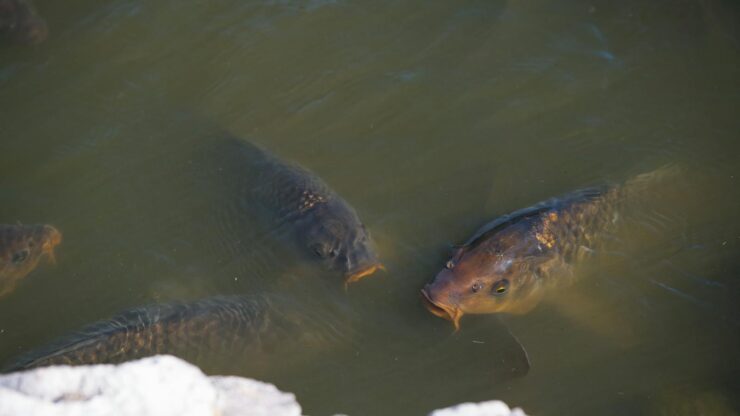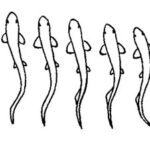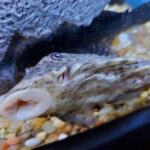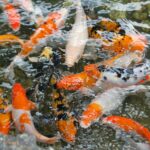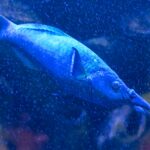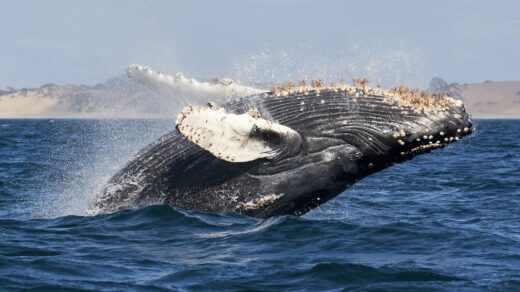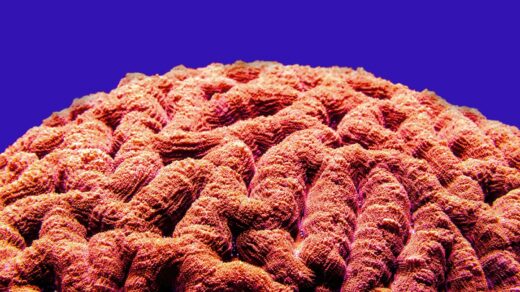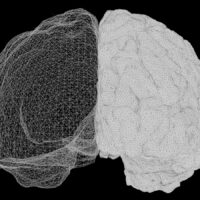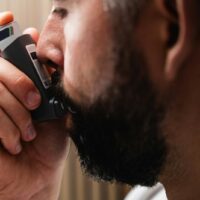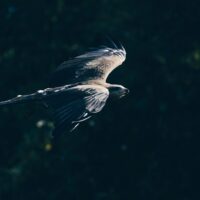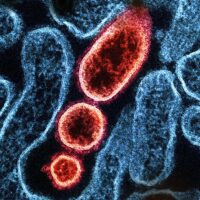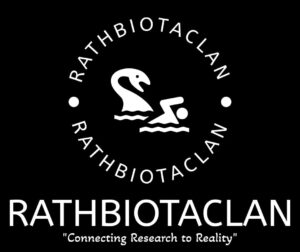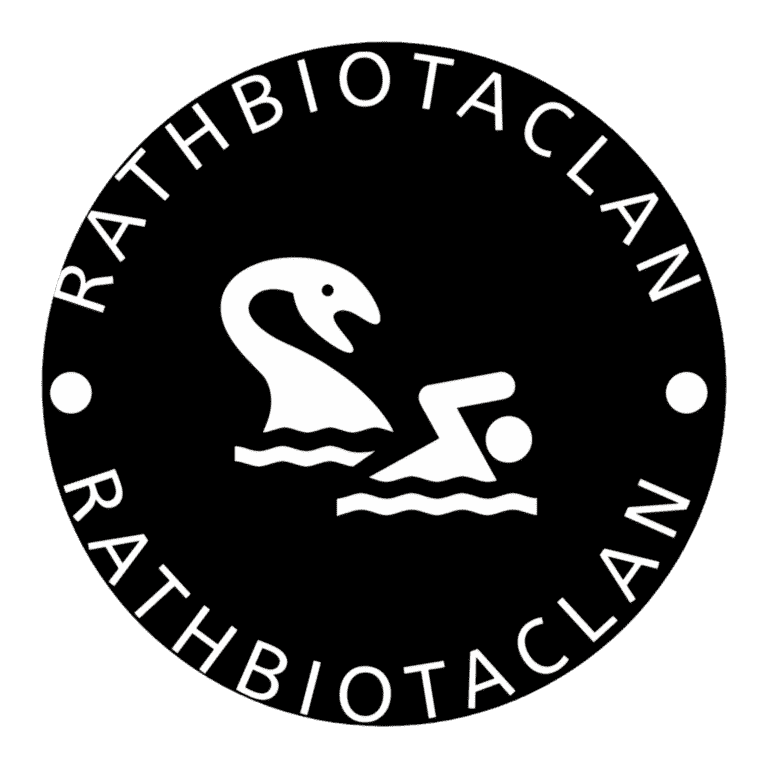Major carps are vital due to their high nutritional value and role as a food source. This has drawn the attention of scientists and aquaculture farmers alike. These fish typically breed in the flowing waters of rivers and streams, where they have ample space to move.
During the breeding season, the water is enriched with minerals, oxygen, and food, creating an ideal environment for spawning. However, carps do not breed in confined spaces, even if their gonads are mature and ovulation has occurred in their natural habitat.
The Importance of Induced Breeding
To meet the growing demand for high-quality carp and their seeds, it is essential to facilitate breeding in controlled environments.
Induced breeding is an effective technique that encourages mature fish to spawn in confined waters through the administration of pituitary hormones. These hormones, which are crucial gonadotropins, can be extracted from the pituitary gland of mammals or mature fish.
Induced breeding of carps in captivity by the use of pituitary hormone injection has been successfully done. Many scientists are involved in doing research to improve induced breeding technique. Several attempts are being made to establish pituitary banks to meet out the need of pituitary hormones throughout the year.
Steps of Induced Breeding Technique
Induced breeding technique has following steps:
1. Collection of Pituitary Extract
Pituitary gland is collected from a mature fish, which is called as a donor fish. Most widely used donor fish is the common carp, Cyprinus carpio. The best time for preparation of pituitary extract is May and June.
The Indian major carps like Catla catla, Labeo rohita, Labeo kalbasu, Labeo gonius and Cirrhinus mrigala do not breed in confined water and have need to be subjected to induced breeding.
To remove pituitary gland, the head of the fish is dissected and brain is exposed. The gland is immediately removed from the brain and stored in a refrigerator. It may be preserved in absolute alcohol at room temperature.
The gland then is homogenized in distilled water. The homogenate is centrifuged and clear supernatant is used as source of hormone to which 0.3% sodium chloride solution is added to it. This extract is ready for the immediate use. If pituitary extract is to be stored for a longer period the glycerin or trichloroacetate acid may be used instead of sodium chloride.
2. Selection of Breeders
Medium sized fully ripe and healthy fish of around 2 to 4 years of age is preferred for induced breeding. The weight should be 1 to 5 kg.
Healthy male and female breeders should be identified and netted out before the breeding season and should be kept in spawning pools. They should be provided with supplementary food.
3. Injection of Pituitary Extract
To ensure higher success rate of fertilization it is important to coincide time of ovulation with the release of milt of male fish. For this purpose usually ratio of female and male 2:1 is maintained in every set.
Dose of pituitary extract to be given is decided according to age, sex, weight size and state of maturity of both donor and recipient. A dose 2 to 3 mg of gland per kg body weight is given to female breeder.
There is no need of injecting dose to the male breeder if it in a state of milt oozing.
After 6 hours of the first dose of injection another dose of 5–8 mg of gland per kg of body weight may be given to female if needed. However, a dose of 2–3 mg per kg body weight is recommended for the male breeder. More than 2 injections should not be given.
The injection given may be intramacular at caudal peduncle or shoulder or intraperitoneal at the bases of paired fins. The first injection should be given at the early hours of the day, while the second one in the evening. Weather should be rainy or cloudy for easy and early spawning. The fishes should be transferred to the breeding hapa after injecting the pituitary hormone.
4. Spawning in Breeding Hapa
A pair of breeder is released into the breeding hapa for spawning after injection of pituitary extract. The breeding hapa is a rectangular case of fine netting. For larger fishes its size is 8′ x 3′ x 3′, but for the smaller fishes it is 5’x 3’x 3′.
It is held on four bamboo poles, one at each corner of the rectangular case. The roof of the hapa may be open or closed. The hapa is made of mosquito net cloth through which laid eggs and milt cannot escape out. Threefourth part of hapa is summarized in water whereas upper onefourth part remains in air.
After 3 to 6 hours of injection of pituitary extract spawning takes place.
The fertilized eggs are white and opaque whereas unfertilized eggs are transparent and beadlike. A hatching hapa is also rectangular and made of muslin or malmal cloth and is open from above. The mosquito net hapa is present inside the hatching hapa.
5. Precautions for Induced Breeding
- To avoid diseases and parasitic infections, breeders should be properly washed with KMnO₄ solution (0.5 g in 100 litres of water) for a few minutes. After this they should be kept in formalin (200 mg/litre of water) for one hour.
- Breeder should be protected from mechanical injuries during handling.
- Water condition should be favourable having temperature about 24 to 31°C and turbidity about 100 to 1000 ppm. Flowing water with higher O₂ content is of great use. The intensity and duration of light also affect the induced breeding and spawning.
Pituitary glands taken from the same or related species as the recipient species are said to be more effective.
Advantages of Induced Breeding
1. The seed spawn is timely available, its availability from natural sources is quite uncertain.
2. A pure spawn of a desired species is made available. The spawn obtained from the rivers are not pure. They are mixed with the spawns of other species and sorting of pure seed from the mixed spawn is not possible.
3. Any quantity of pure spawn can be made available.
4. Several carps attain sexual maturity in ponds but they do not breed in confined water. Such fish can be subjected to induced breeding and spawn can be collected.
5. It is economical to obtain a spawn from induced breeding experiments in comparison to its collection from the riverine sources.
6. The induced breeding technique is very simple and can be learnt even by a layman.
Check More:
Electric organs in fishes | NOTES
REFERENCES
- Fish and Fisheries – B. N. Yadav
- A Textbook of Fish Biology and Fisheries – S. S. Khanna & H. R. Singh
- Introduction to Fishery Science – B. K. Tiwari & S. C. Pathak

